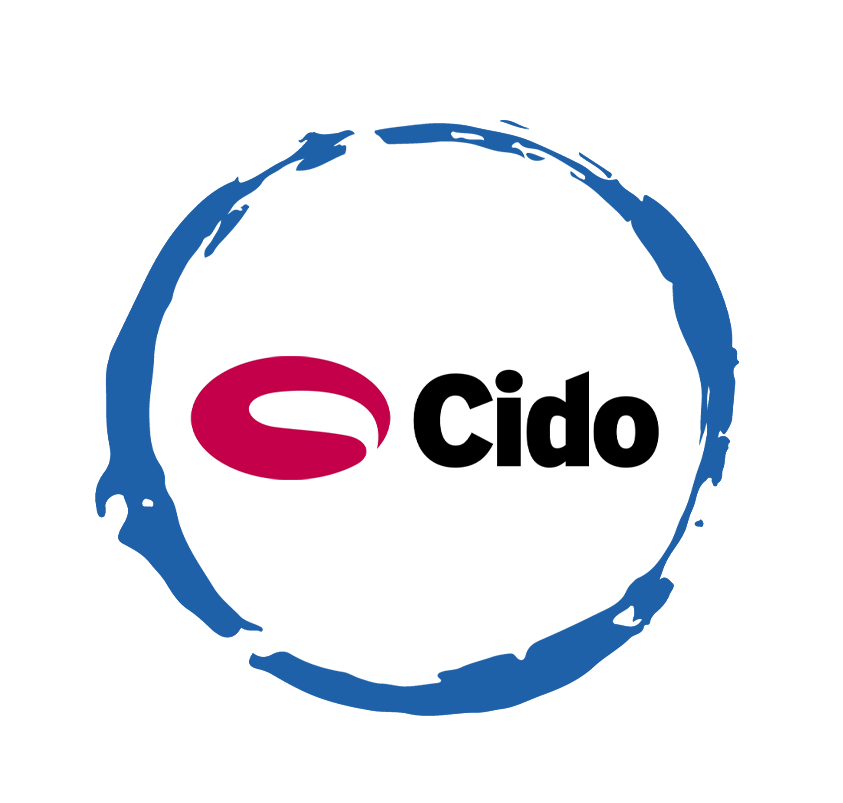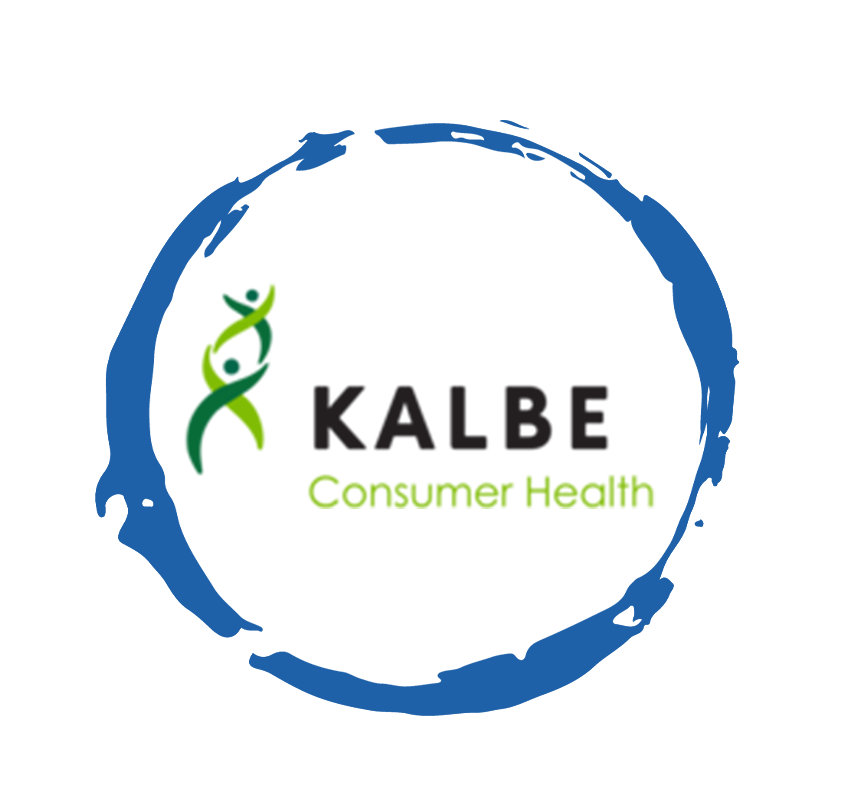ESOMAR Connect: Shaping tomorrow’s insights in Vietnam – hosted by Cimigo
Jun 05, 2025
Join us for ESOMAR Connect: Shaping tomorrow’s insights in Vietnam on Thursday, June 26th at
Vietnam and the aging silver generation
By 2036 just over half of Vietnam’s population (52%) will be over 40 years of age compared to 38% in 2021. Those aged 50 plus, the aging silver generation in Vietnam, are the fastest growing segment of the population. In 2036 the aging silver generation in Vietnam will be the largest segment at 36% of the population.
In 2036 there will be over 36 million silver generation with a wealth of experience and complex needs. The over 50s have the most discretionary expenditure as their dependents have largely left the nest and become self-sufficient. They live active lifestyles and want much more out of life. This silver generation in Vietnam will hold disproportionally higher wealth through household savings, land and property assets.
These demographic shifts are certain and raise many questions for policy makers and society;
Vietnamese society must plan and prepare now in order to ensure our aging population does not divert the socio-economic progress achieved to date.
8 minute read.
Download Aging Silver Generation of Vietnam now
Coupled with advances in healthcare and living standards, Vietnamese will live longer with the average life expectancy moving from 71 years for men and 76 years for women in 2021 to 73 years for men and 78 years for women in 2036.
The average birth rate per 1,000 women aged 15 to 49 is 54 in 2021 falling to 46 in 2036. The average fertility rate of women aged 15 to 49 has decreased from 2.1 children per woman in 2001 to an estimated 2.05 children per woman in 2021 and is expected to fall to approximately 1.84 children per woman in 2036.
The replacement fertility is the total fertility rate at which women give birth to enough babies to sustain the population is 2.1. Urbanisation typically negatively impacts fertility rates, for example, Ho Chi Minh City already has a very low average fertility rate of women aged 15 to 49 at just 1.35 (in 20219) although initial data suggest it has increased to 1.53 in 2020.
This huge addressable market of 36,483,975 Vietnamese in 2036 cannot be treated as a single segment. They can be segmented by; lifestyle, needs, chronological age bands, cognitive age bands, income and assets levels, and whether working, retired, partially retired to ensure a commercial and marketing focus. Certainly, they cannot be considered as frail nor dithering grandparents, but highly sophisticated consumers with a wealth of experience and complex needs.
Download Aging Silver Generation of Vietnam now
The official retirement age in Vietnam is 60 years for men and 55 years for women. This will edge upwards in small increments to 62 for men and 60 for women over the coming seven years.
There are 12,614,724 Vietnamese aged 60 years plus in 2021 and this will reach 21,883,441 in 2036.
In 2021 there are 7.2 persons of working age (15 to 61 years) per every person of retirement age (62 years and more). By 2036 this ratio of aged dependents will have decreased to just 3.7 persons of working age (15 to 61 years) per every person of retired age. This almost doubles the burden on the working population to support the retired population in a span of just 15 years.
The Cimigo aging population and the silver generation survey in key urban cities of HCMC and Hanoi suggests that 30% of those aged 60-69 years are working as are 8% of those aged 70-79 years. Many look to family members for financial support at 36% of those aged 60-69 and 51% of those aged 70-79 years.
Cimigo does not expect people to stop working at this official retirement age. Many already clearly continue working beyond retirement age. Partial retirement may have to become essential by 2036.
In this survey small traders, business owners and self-employed make up 40% of the occupations amongst those aged 50-59. Cimigo expects that the aging silver generation in Vietnam running these businesses will not cease to operate them, they will have to step back and still generate an income from them.
Many blue-collar workers may leave physically demanding production lines or construction sites yet carry on earning on a part-time basis in less physically enduring roles such as security, services, transport and logistics.
Many white-collar workers will not immediately disengage from work at retirement, they will be able to conduct assistance to younger workers through training, development and mentoring.
Download Aging Silver Generation of Vietnam now
In 2036 the aging silver generation in Vietnam will represent 36% of the population and will hold disproportionally higher wealth through household savings, land and property assets.
Unlocking these assets and creating income streams will be necessary as most will have insufficient savings for what is becoming an ever longer second life at retirement. This will generate new financial service products to help the aging silver generation in Vietnam extract income from their homes without losing them.
New families often seek to live in their own homes, typically an apartment in the city. This movement from multi-generational homes to nuclear homes is a cultural shift that will leave many in the aging silver generation in Vietnam lacking close family connections and support.
Despite the sweet smile, few new brides truly desire to live with their husband’s parents as is the conventional norm. In the last twenty years, apartment stock has increased exponentially and demand is unlikely to abate. This creates a shift in living quarters, where many nuclear families now live (or aspire to live) in their own nuclear family, beyond the immediate reach and oversight of the in-laws which the previous generations experienced.
This breaks a major social contract where the son and his wife will increasingly support their parents as their financial and physical independence diminishes over their aging years.
Download Aging Silver Generation of Vietnam now
The Cimigo aging population and the silver generation survey in HCMC and Hanoi reports that 79% of the aging silver generation in Vietnam now live in a multi-generation home. To date, multi-generation living and family support for the aging silver generation in Vietnam has negated the need for public and private social care and retirement homes in Vietnam.
This cultural shift to nuclear family homes coupled with a near doubling of the aged dependency ratio will challenge the financial livelihoods and support systems for the silver generation in the future. Paradoxically the longer the life expectancy leads to a far higher likelihood of becoming poor as income streams and savings run low for the aging silver generation in Vietnam.
Today private nursing homes are very limited in supply and cost approximately USD700 per month depending on care needs in 2021. The need and opportunities for social care services in 2036 and beyond will be immense, be that training social care staff, nursing services, retirement homes, apartments with special care services, rural retirement villages, on-demand care services and social outreach programmes.
Vietnam’s healthcare expenditure is approximately 6.0 to 7.0 % of GDP in 2021. The government spends at approximately 2.5% to 3.0% and private households spend at approximately 3.0 to 4.0%. The rising healthcare needs of an aging population will take a toll on both government and household budgets, to maintain current standards of care will bring healthcare expenditure closer to 8% of GDP by 2036.
Technological advances may provide some relief by catching diseases early to prevent their development. Advances in remote monitoring, biometric diagnostics, remote consultations, precision targeted treatment regimes will lead to earlier and far more effective treatment.
Technology will often replace human led treatments reducing error and enhancing efficacy yet further. New tools for diagnosis, monitoring and treatments will help keep our bodies and minds younger, such that our cognitive and physical mobility age will at least feel far below our actual age in years.
Both private and public healthcare services in Vietnam will encounter many opportunities and challenges to match the demand for services.
Download Aging Silver Generation of Vietnam now
The silver generation has time, the money but not necessarily accessible services. The silver generation in Vietnam will lead the leisure renaissance. Opportunities will abound for time rich retirees with disposable income. Mundane chores from shopping, paying bills and cleaning the home are all being made far easier with online services and automated home cleaning devices. Expect to see further companionship devices that enable emotional care-bots which provide support for those in the aging silver generation in Vietnam.
Travel needs differ for the silver generation in Vietnam. See Cimigo’s Vietnamese Travel Habits to see how journeys differ for the silver generation in Vietnam today. But day to day travel requirements increasingly met by ride-hailing services may include driverless cars and a new range of cars designed for the aging silver generation in Vietnam. Fortunately, Japan’s automotive industry is far ahead in the field given their aging society.
A generation that actively seeks friendships creates opportunities to facilitate shared experiences and connections. Think Tinder for companionship and online games that whilst fun will enable connections and exercise the brain and memory. Advances in medicine that help the physical well-being and extend life expectancy will need to be complemented with social and emotional well being.
The silver generation are time rich are will embrace continued personal development in many spheres often revisiting their cultural heritage through; music, arts, crafts, poetry, literature calligraphy and healthier lifestyles impacting consumption of food, beverages, supplements and engaging in exercise regimes with yoga, swimming, badminton and other low impact sports and exercise.
The further the aging silver generation in Vietnam progress from their 50s and 60s through to their 70s and 80s the sharper the shift in their expenditure away from education, transport, clothing, communications, alcohol and tobacco towards healthcare, travel, leisure, food and beverages.
Clothing can be designed for the silver generation which is easier to wear and remove through design, for example, larger sleeves and fasteners which are more tactile and easier to grasp. So if clothing can be a business opportunity for the growing aging silver generation in Vietnam there is little that cannot.
Any digital device and accompanying application can be better designed for the silver generation. Get used to hearing researchers, user experience and human-centered design consultants espouse gerontechnology, which simply concerns matching technology design to health, housing, mobility, communication, leisure and work of the aging silver generation in Vietnam. Mobile applications will need voice controls with stronger microphones and speakers, far better lighting, more intuitive navigation paths and identifiers, larger buttons, voice commands and dictating messages will need to be the norm. Twenty years ago Japan’s NTT Docomo answered the call for Japan’s aging silver generation in Vietnam with the Raku-Raku (Easy-Easy) handset and software suite.
Super applications will emerge that better serve the needs of the silver generation in Vietnam by providing more readily accessible, intuitive and simple tools for connecting with key services. There is great potential for; leisure, healthcare, home security, shopping, financial and transport services designed for the silver generation. The aging silver generation in Vietnam will increasingly be offered digital tools to help them with cultivating plants and partaking in storytime with their grandchildren. In fact, digital tools which support inter-generational relationships will become a standalone application category in the future.
Download Aging Silver Generation of Vietnam now
The changing shape of Vietnam’s population is certain and that this will create both numerous opportunities and challenges for public policy, society and private business. The nature of work, how retirement will be experienced, developments in healthcare, social care and transport services for the aging population could all yet take on significant changes over the next 15 years. However, Vietnamese society must plan and prepare now in order to ensure our aging population does not divert the socio-economic progress achieved to date.
Download Aging Silver Generation of Vietnam now
End.


ESOMAR Connect: Shaping tomorrow’s insights in Vietnam – hosted by Cimigo
Jun 05, 2025
Join us for ESOMAR Connect: Shaping tomorrow’s insights in Vietnam on Thursday, June 26th at

How Indonesians perceive and use AI: a Snapshot from everyday life
Jun 10, 2025
Artificial Intelligence (AI) is no longer a futuristic concept; it has become an increasingly

Indonesia consumer trends 2025
May 11, 2025
Indonesia consumer trends 2025 highlights eight key reasons why Indonesia is poised for a rebound.

Kevin McQuillan - Chief Marketing Officer

Sam Houston - Chief Executive Officer

Minh Thu - Consumer Market Insights Manager

Travis Mitchell - Executive Director

Malcolm Farmer - Managing Director

Hy Vu - Head of Research Department

Joe Nelson - New Zealand Consulate General

Steve Kretschmer - Executive Director

York Spencer - Global Marketing Director

Laura Baines - Programmes Snr Manager

Mai Trang - Brand Manager of Romano

Hanh Dang - Product Marketing Manager

Luan Nguyen - Market Research Team Leader

Max Lee - Project Manager

Chris Elkin - Founder

Ronald Reagan - Deputy Group Head After Sales & CS Operation

Chad Ovel - Partner

Private English Language Schools - Chief Executive Officer

Rick Reid - Creative Director

Janine Katzberg - Projects Director

Anya Nipper - Project Coordination Director

Dr. Jean-Marcel Guillon - Chief Executive Officer

Joyce - Pricing Manager

Matt Thwaites - Commercial Director

Aashish Kapoor - Head of Marketing

Kelly Vo - Founder & Host

Thanyachat Auttanukune - Board of Management

Hamish Glendinning - Business Lead

Thuy Le - Consumer Insight Manager

Richard Willis - Director

Ha Dinh - Project Lead

Geert Heestermans - Marketing Director

Louise Knox - Consumer Technical Insights

Aimee Shear - Senior Research Executive

Dennis Kurnia - Head of Consumer Insights

Tania Desela - Senior Product Manager

Thu Phung - CTI Manager

Linda Yeoh - CMI Manager

Cimigo’s market research team in Vietnam and Indonesia love to help you make better choices.

Cimigo provides market research solutions in Vietnam and Indonesia that will help you make better choices.

Cimigo provides a range of consumer marketing trends and market research on market sectors and consumer segments in Vietnam and Indonesia.

Cimigo provides a range of free market research reports on market sectors and consumer segments in Vietnam and Indonesia.
Please enter the information for free download.
The report will be sent to your email.
When downloading our reports, you agree to be contacted for marketing purposes.
Please enter the information for free download.
The report will be sent to your email.
When downloading our reports, you agree to be contacted for marketing purposes.
Vui lòng điền thông tin vào biểu mẫu bên dưới để tải về báo cáo miễn phí.
Báo cáo sẽ được gửi vào email bạn điền ở bên dưới.
Khi tải xuống các báo cáo của chúng tôi, bạn đồng ý được liên hệ cho mục đích tiếp thị.
Xin cảm ơn. Một email kèm với đường dẫn tải báo cáo đã được gửi đến bạn.
